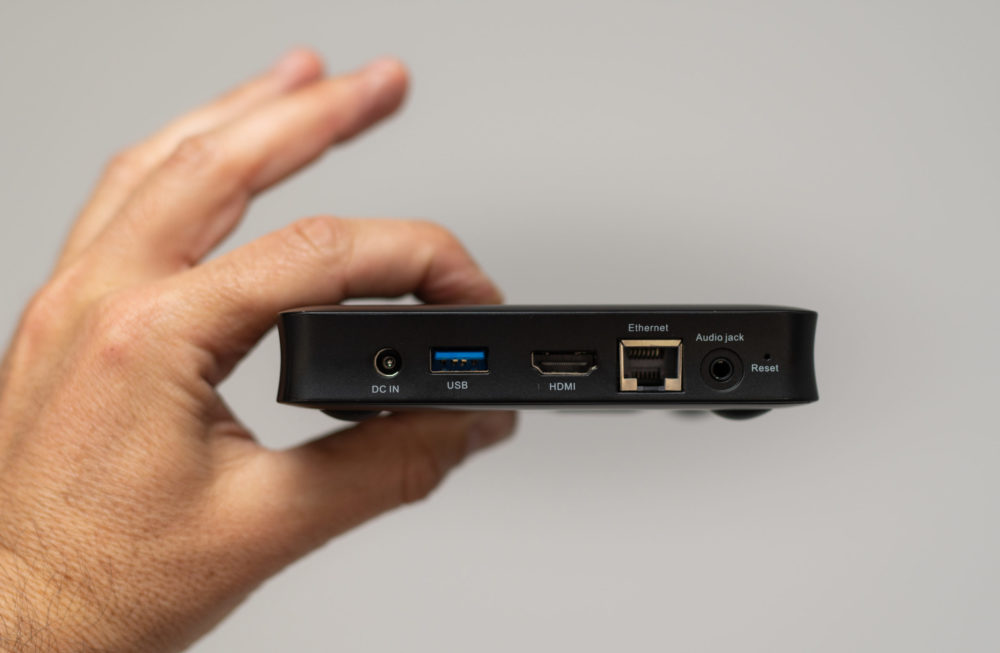As Mike Tyson once quipped, everyone has a plan until they get punched in the face. Suitably, everyone had some great ideas about digital technology for business until COVID-19 came in swinging. Very soon, some crucial lessons emerged. An obvious one was that digital transformation is imperative – not only for remaining competitive but just to stay operational.
The leading evidence for this was the rapid shift to remote working. This trend radically changed perceptions around the usage and strategies for infrastructure, security and licensing. It also exposed the limited scope of user devices. Though we’ve known for a while now that you cannot do everything on a smartphone, moving employees to remote locations opened other cans as well.
“The market has matured from thinking that one device can do everything, but it wasn’t until last year that the full scope of this statement became clear,” explains Brian Timperley, CEO, Turrito Networks. “Up to this point, many assumed that you could just split everything between smart devices, laptops and traditional desktops. But when organisations invested in moving staff to remote working, several problems cropped up.”
Remote working vs desktops
The problems he refers to relate to two main areas: cost and maintenance. You could send your employees away with a lovely laptop, but for many organisations running call-centres or insurance brokerages, these devices were overkill in terms of what the role requires. Until recently, this issue was resolved by deploying office desktops, or thin clients, that are relatively cheap versus a laptop. These desktops are typically mid-range machines – keeping costs low.
But sending a desktop home with employees has evident difficulties. It’s more unwieldy and technical to support, transport and assemble. Such desktops also once operated in the safety of an office maintenance programme that never expected the machines would sit in employee homes. And forget about thin-client machines – their heavy reliance on office networks makes them a nightmare to establish reliability across home internet connections.
Consequently, companies have to prepare for either the costs of overcompensating laptops or the technical headaches of maintaining desktop PCs remotely.
Well, not entirely.
In recent years, there has been remarkable innovation around compact PC components to build mini PCs – and these are incredibly well suited to meet remote working challenges around desktops.
“The obvious fit for mini PCs is around large-scale remote working, something that is anticipated to become standard practice for many organisations as we move forward. In a situation where the staff member is familiar with using a desktop in the office environment, the mini PC is the ideal replacement,” Timperley suggests.
A major revolution
Mini PCs compress a desktop’s architecture into a device that fits in your hand, not unlike a modern media centre. A new generation of these devices has evolved away from bare-bones specifications associated with ‘maker’ systems. They leverage mainstream components – such as Intel chips, solid-state storage and significant amounts of memory – to entirely replicate a traditional desktop experience at a fraction of the cost. All they need are the peripherals – a VGA or HDMI monitor, keyboard and mouse – and the system is ready to go. Leading mini PCs offer the ability to run Windows or Linux environments, as well as multiple screens.
But what about the software? This aspect is where the top class of mini PCs genuinely differentiate themselves. They use cloud systems to immediately deploy the appropriate services and applications for a user – not unlike how device management platforms configure mobile devices according to the user profile.
This approach vastly reduces maintenance and support requirements. Organisations could even hold replacement stock for staff, and if one breaks, they just plug in the replacement and login, then send the defunct unit to support. Such flexibility is especially advantageous when supporting large groups or remote workers.
Mini PCs of this calibre effectively do what enterprise mobile devices and thin clients also do, yet with the power and flexibility of a stand-alone desktop machine. A mini PC doesn’t need to be online all the time, and its form factor is much more affordable and energy-efficient than either desktop or laptop alternatives.
If the pandemic’s blows still have you reeling around how to get desktop-level power and support to remote workers – without straining your budget or IT professionals – the modern mini PC is a perfect answer. It’s also a potent way to distribute PCs to branch offices, nursing stations, and any use-case where a mid-spec desktop is required.
“Although these devices have mostly flown ‘under the radar’, I think the growing prevalence of remote working is going to increase IT decision-makers awareness of the potential for mini PC’s,” says Timperley. “Ultimately, any organisation that properly explores remote-working at scale will quickly realise the benefits here. They blend the best of different worlds – the power of laptops, the lower costs of PCs, and the ease of device management we’d typically expect to only see in the office or with smart devices.”
The pandemic punched many organisations in the face, leaving their device budgets, management and deployment plans flat on the canvas. But as your business gears up for round two, don’t go back to the old tricks. The mini PC revolution’s time has come, offering new choices for a new reality.


